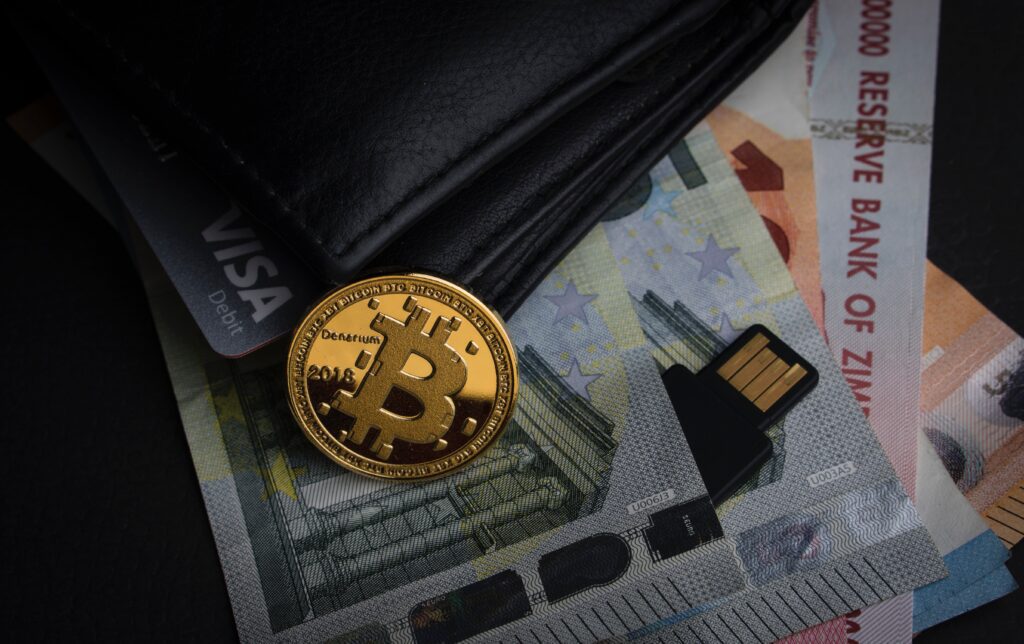The cryptocurrency market is extremely volatile and new token projects are launching every day. With so many new coins coming to market, it can be challenging for investors to keep track of all the exciting ventures and opportunities. Websites like Reddit and Twitter have become hubs for crypto enthusiasts who want to stay informed about the latest developments in blockchain technology and new digital tokens that are hitting the market. As a result, many savvy internet users have taken to posting images with interesting or funny sayings on them as a way of retaining that information. These images are called memes. These so-called “meme coins” are now their own subcategory of virtual currencies and they come in all different forms: from general advice about investing in crypto to images of cats saying “meow” or even pictures of salad (because, you know, “let there be salad”).
What Are Meme Coins?
A meme coin is a virtual currency whose success is predicated on the fact that it is a meme. The term “meme coin” has been used to refer to any coin that has been built on a meme, although it is not a technical term, and there is no standard definition for it. Meme coins are virtual currencies created to serve as a form of marketing for a blockchain project. The creators of a blockchain project will design a virtual token, and then they might design a brand and logo around that token. The token may have some functionality within the blockchain project, but it’s really just there to serve as a marker that this is a project that was created by a such-and-such company.

How to spot a meme coin
There are several tell-tale signs that a new token may be a meme coin. Here are a few things to look out for:
The token name doesn’t actually represent anything in the project
This is a pretty big red flag. If the token name doesn’t represent anything about the project, it’s likely just there to serve as a “meme” and get people’s attention.
The project has a silly name
In addition to the token name, the project name may also be a silly play on words. This is another red flag.
The project has a silly logo
The logo may include an image that is unrelated to the project, such as a cute animal or a silly picture.
Why You Shouldn’t Ignore Meme Coins
Meme coins have a bad rap. Because they often have silly names and logos, and because they’re usually created to serve as marketing for blockchain projects, people view them as being “not serious” and “not worth your time.” However, we believe that you shouldn’t ignore meme coins.
Why?
Because meme coins are very much like penny stocks and you can find some gems in this subcategory of the crypto market. Here’s why we think that meme coins are worth your time and attention
They’re cheap:
Like penny stocks, meme coins are cheap and relatively easy to purchase. This makes them an excellent entry point if you’re just getting started with crypto.
They have low market caps
Because they’re cheap, meme coins have very low market caps.
They’re a great way to diversify your crypto portfolio:
While it’s generally a bad idea to put all of your eggs in one basket, meme coins are a great way to diversify your crypto portfolio.
you should also read why this is the best time to invest in the crypto market now
Final Words: Should You Invest in Meme Coins?
It’s very easy to get caught up in all the exciting developments in the world of blockchain technology and crypto. However, it’s important to remember that these are still very new and emerging technologies, and investing in them is extremely risky.
While we think that meme coins are a great way to stay informed about crypto, they are not a great way to invest in crypto.
If you’re interested in crypto, we strongly suggest that you invest a small amount of money in a few well-known coins. Make sure that you research these coins thoroughly, and only invest a small amount of money that you can afford to lose.
Note: This is not financial advice. This how-to article is for educational purposes only. Please note that cryptocurrency is a highly volatile asset class; only invest what you can afford to lose.


